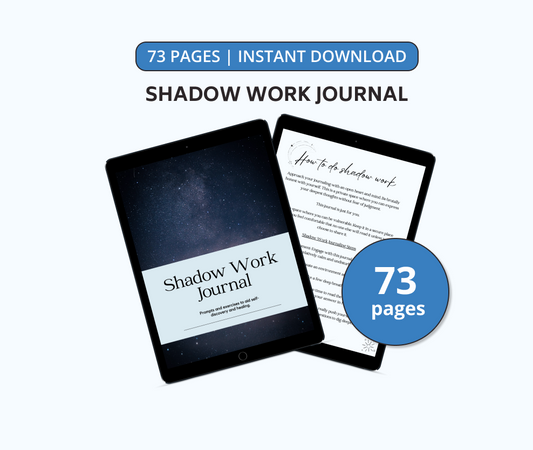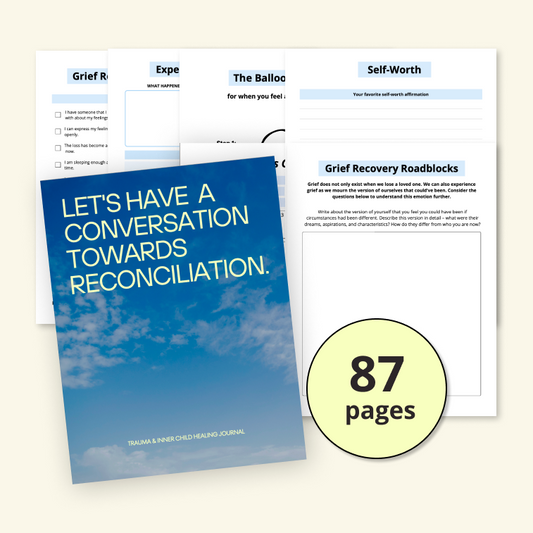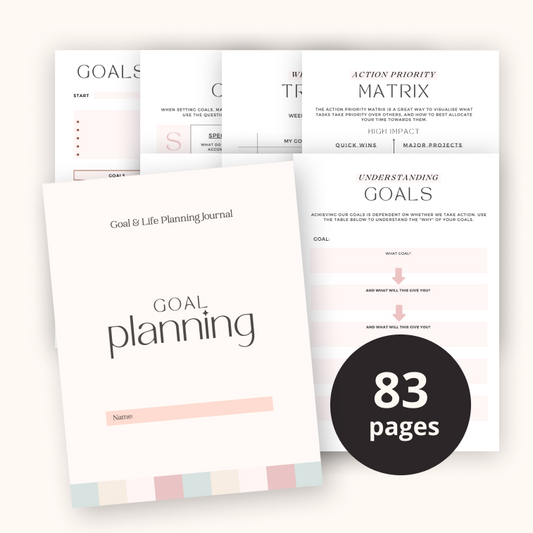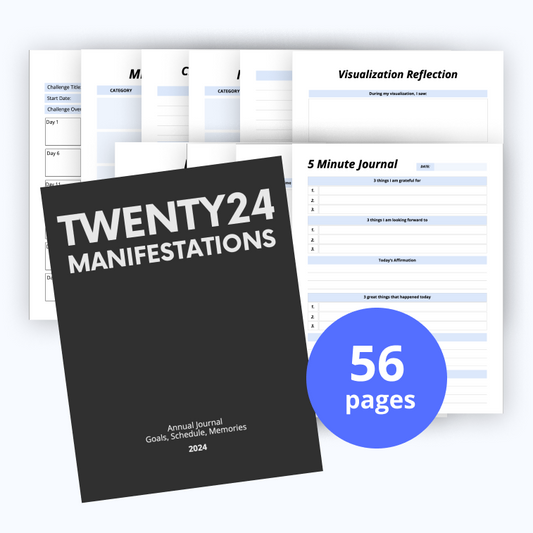Living with Generalized Anxiety Disorder (GAD) can often feel like you’re carrying a heavy burden that’s invisible to the world.
Yet, you’re not alone in this journey.
With the right coping strategies, you can lighten that load and find a sense of balance and peace in your daily life.
Imagine transforming your anxiety from a looming shadow into a manageable companion that you understand and can navigate.
Discovering effective coping mechanisms for GAD isn’t just about reducing symptoms—it’s about reclaiming your life.
From mindfulness practices to structured problem-solving techniques, there’s a world of strategies waiting to be explored.
As you begin on this path, you’ll not only learn how to soothe your mind but also gain the confidence to face challenges with a newfound resilience.
Let’s jump into these strategies, tailored to empower you with knowledge and tools that foster a calmer, more centered existence.
Understanding Generalized Anxiety Disorder (GAD)
You’ve heard of Generalized Anxiety Disorder (GAD), right?
It’s that pesky, persistent worry in your brain that turns every "what if" into a catastrophic movie marathon.
But let’s get real — it’s much more than just worrying a lot.
GAD is a chronic condition that involves excessive, uncontrollable worry about everyday things.
This worry goes beyond regular stress; it’s like your mind’s stuck on high alert, anticipating disasters at every turn.
People with GAD often find it hard to shake their concerns, even when they know it’s more intense than the situation warrants.
Symptoms and Impact
Wondering if that never-ending loop of worries in your head could be GAD?
Symptoms typically include:
- Restlessness or feeling keyed up
- Being easily fatigued
- Difficulty concentrating or blanking out
- Irritability
- Muscle tension
- Sleep disturbances
The impact? It’s not just a noisy neighbor in your head.
GAD can mess with your day-to-day life, making it hard to focus at work, enjoy social outings, or even just relax at home.
What Causes GAD?
If you’re thinking, "Why me?" you’re not alone.
The exact cause of GAD isn’t clear-cut. It’s like a mixtape of genetics, brain chemistry, life events, and personality.
Yes, if anxiety had a relationship status, it would definitely be "It’s complicated."
You’re Not Alone
Feeling like you’re the only one wrestling with this invisible beast? You’re far from alone.
Millions of adults worldwide are right there with you, exploring the same stormy waters.
Don’t forget, understanding GAD is the first step toward taming it. And hey, acknowledging those worries doesn’t make you weak; it’s the first step in getting stronger.
Let’s talk coping strategies — because knowing the beast means you’re ready to face it head-on.
Importance of Coping Strategies
When you’re wrestling with Generalized Anxiety Disorder (GAD), finding the right coping strategies is like finding a secret weapon.
Why? Because effective coping methods can be game-changers in your fight against those endless waves of worry.
They’re not just about making you feel good for a moment; they’re about equipping you with the tools to handle everyday stressors without hitting the panic button.
Let’s face it, anxiety loves to mess with your head, turning small issues into full-blown catastrophes.
That’s where coping strategies come in.
They act like your brain’s best buddies, teaching it to calm down, see things in a more balanced way, and stop sweating the small stuff.
Imagine having a toolkit that helps you deal with any curveball life throws your way, without letting anxiety run the show.
That’s exactly what we’re talking about!
But here’s the kicker: not all coping strategies are created equal.
What works wonders for one person might not do anything at all for another. It’s all about finding what clicks for you.
Whether it’s deep breathing exercises, yoga, journaling with Wholesome’s guided journals, or simply taking a walk in nature, the right strategies can help you navigate through the murky waters of GAD.
You might wonder, “Do I really need to try all these things?”
In a word, yes. Exploring different coping strategies not only helps you discover what’s most effective for you but also arms you with multiple tools.
Think of it as building your personal anxiety-fighting arsenal. The more tools you have, the better prepared you’ll be.
And let’s not forget about the power of guided journaling with Wholesome.
Putting pen to paper (or fingers to keys) and spilling your thoughts can work wonders. It’s about creating a safe space for your worries without judgment, helping you to see them in a new light and find solutions hidden within your own mind.
Plus, it’s backed by science – journaling has been shown to reduce stress and improve mental health.
So, why not give it a try?
With Wholesome’s guided journals, you’re not just jotting down thoughts; you’re embarking on a journey to understand and manage your anxiety like a boss.
Mindfulness Practices for GAD
In the middle of a whirlwind called life, your mind might often feel like it’s on a never-ending roller coaster ride thanks to Generalized Anxiety Disorder (GAD).
But, hey, guess what?
Slowing down that ride is totally possible with something as simple and powerful as mindfulness.
You’ve probably heard the buzz around mindfulness, but how exactly does it work as a secret weapon against GAD?
Let’s unpack that.
Mindfulness means parking your mind in the here and now, fully tuning into what’s happening, what you’re doing, and why you’re doing it.
It’s like telling your brain to chill and soak in the moment without drifting into the past or future worries.
And guess what? Practicing mindfulness can reduce symptoms of GAD. It’s like having a calm superpower.
- Deep Breathing: Picture your breath as a wave, coming in and out. This isn’t just woo-woo stuff; it’s a bona fide way to tell your body, "Hey, it’s cool, we’re just here to relax." Breathe in through your nose, hold it, and breathe out through your mouth. Easy, right?
- Guided Journaling with Wholesome: Grab one of Wholesome’s guided journals and pour your thoughts out. It’s like having a conversation with yourself on paper. Why Wholesome, you ask? Because our journals are designed to guide you through your mindfulness journey, making it easier to untangle those pesky anxious thoughts.
- Mindful Walking: Next time you’re taking a walk, turn it into a mindfulness exercise. Notice how your feet feel with each step, the sounds around you, the air on your skin. It’s a simple way to bring your mind back to the now.
- Yoga: Yoga and mindfulness go together like peanut butter and jelly. It’s not about twisting yourself into a pretzel but connecting your movements with your breathing, focusing on how your body feels.
Structured Problem-Solving Techniques
When you’re grappling with Generalized Anxiety Disorder (GAD), every day can feel like you’re trying to solve a Rubik’s Cube in the dark.
But hang on, what if there was a flashlight to help you out?
Structured Problem-Solving Techniques are exactly that – a way to illuminate the path through the maze of your anxieties.
Imagine for a moment you could break down your worries into bite-sized pieces, manageable enough to tackle one by one.
That’s the essence of structured problem-solving.
It’s not rocket science, but it’s a smart, methodical approach to dissecting what’s eating you up inside.
Start Small, Think Big
First off, you jot down what’s bothering you. Maybe it’s an upcoming project at work or an awkward conversation you’ve been avoiding.
Got it? Good.
The next step is to brainstorm possible solutions.
No idea is too outlandish at this stage – you’re in a judgment-free zone.
Then, it’s time to weigh the pros and cons of each option. Sounds a bit like what you already do in your head?
Here’s the kicker: write it down. This part is crucial.
By laying it all out in front of you, you’ll start to see things from a fresh perspective. Wholesome’s guided journals can be a great companion here, offering you a structured space to sift through your thoughts.
Action Plan
Choose the solution that feels right. Now, break it down into steps.
Small, achievable steps are your stepping stones across the anxiety pond.
You’ll also set deadlines – nothing too daunting, just gentle nudges to keep you on track.
But wait, life loves throwing curveballs. What if things don’t go as planned? That’s okay.
Part of this technique involves preparing for hiccups. Reflect on what worked and what didn’t.
This is how you refine your approach, turning setbacks into learning opportunities.
Incorporating structured problem-solving into your daily routine might sound like a tall order at first. But trust us, it’s like flexing a muscle – get into the practice, and you’ll soon find it becomes second nature.
Plus, with Wholesome’s guided journals at your side, you’ve got the perfect tool to keep your thoughts organized and focused on solutions, not just the hustle and bustle of your worries.
Building Resilience and Confidence
When you’re battling Generalized Anxiety Disorder (GAD), finding your footing in a world that seems constantly unsettling might feel like you’re trying to solve a Rubik’s cube blindfolded.
t’s tough, right?
But here’s the kicker: building resilience and confidence can be your secret weapons in this fight.
And guess what? Wholesome’s guided journals are here to be your sidekick in this adventure.
First up, resilience. It’s not just a buzzword; it’s your ability to bounce back from setbacks, much like a bouncy ball thrown against the wall.
Life throws curveballs, and anxiety can make those seem like fastballs aimed right at your head. By working on resilience, you start to see these not as potential knockouts but as opportunities to learn and grow.
How?
By setting small, achievable goals for yourself each day. Whether it’s getting out of bed by 8 a.m., calling a friend, or finishing a task you’ve been putting off, jotting these down in a Wholesome journal and ticking them off can boost your morale and resilience like you wouldn’t believe.
Let’s talk confidence. Imagine it as the shield and armor you wear into your daily battles with GAD.
Building it up involves a lot of self-compassion and recognizing your wins, no matter how small. Every time you confront an anxious thought or tackle a challenging task, you’re not just coping; you’re thriving.
Documenting these victories in your journal not only serves as a reminder of your strength but also helps in gradually changing your internal narrative from one of doubt to one of capability.
Incorporate positive affirmations into your daily journaling routine.
These are powerful statements that, though may feel a bit awkward at first, start to rewire your brain towards a more positive and confident mindset over time.
Phrases like "I am capable," "I am resilient," and "I handle my challenges with grace" can be your daily mantras.
Your Next Steps
Embracing resilience and confidence is your pathway to managing Generalized Anxiety Disorder.
Don’t forget, setting small, achievable goals can significantly enhance your resilience, helping you recover from setbacks more swiftly.
Meanwhile, building confidence through self-compassion and celebrating your victories, no matter how small, acts as your armor against daily anxieties. Incorporating positive affirmations into your routine isn’t just a practice; it’s a transformative process that rewires your mindset for the better.
And don’t forget, Wholesome’s guided journals are there to support you every step of the way.
With these strategies, you’re not just coping with GAD; you’re thriving in spite of it.




